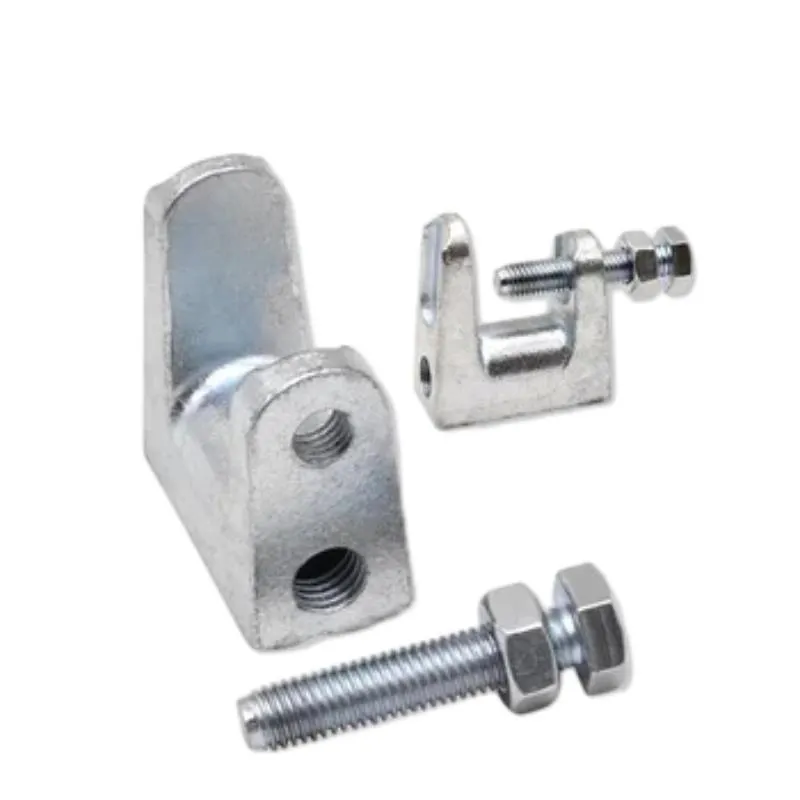Sep . 26, 2024 09:27 Back to list
fixing sleeve anchor bolts
Fixing Sleeve Anchor Bolts A Comprehensive Guide
Sleeve anchor bolts are among the most versatile and reliable fastening systems used in construction and industrial applications. These anchors provide strong holding power in concrete, masonry, or similar materials, making them ideal for a variety of projects such as securing structural elements, installing machinery, or mounting fixtures. Understanding how to properly fix sleeve anchor bolts is essential for ensuring safety and longevity in any construction endeavor.
To begin, it’s crucial to select the right type of sleeve anchor for your specific application. Sleeve anchors come in various sizes and materials, including stainless steel for resistance to corrosion and carbon steel for general applications. Choosing the correct diameter and length based on the load requirements and the thickness of the base material is vital. Failing to select the appropriate anchor can lead to structural failures.
Once the correct sleeve anchor has been chosen, the installation process can commence. First, ensure that you have all necessary tools, including a hammer drill, drill bit, masonry bit or hammer drill bit, and a torque wrench. The installation typically starts with marking the location where the anchor will be placed. It is essential to ensure that the layout is confirmed to avoid any misalignment, which could impact the integrity of the structure.
fixing sleeve anchor bolts

Next, using the hammer drill, create a hole in the concrete or masonry to the recommended depth for the sleeve anchor. The hole diameter should match the anchor specifications, ensuring a snug fit. After drilling, it’s essential to clean the hole of any debris, dust, or loose particles to allow for effective anchoring.
Inserting the sleeve anchor is the next step. Gently tap it into the hole with a hammer until it is flush with the surface. Ensure that the sleeve of the anchor expands properly as it is tightened. Using a wrench, turn the nut clockwise to draw the anchor tightly against the base material. It’s important not to overtighten, as this can strip the threads or damage the surrounding material.
Finally, after installing the sleeve anchor bolts, it is crucial to conduct a load test, especially in high-stress applications
. This test helps verify that the anchors have been installed correctly and can support the intended loads without any issue.In conclusion, fixing sleeve anchor bolts is a straightforward process that requires careful planning, appropriate material selection, and precision in installation. By following these steps, construction professionals can ensure that they create secure and reliable fastening points that will stand the test of time, contributing to the overall safety and integrity of their projects.


